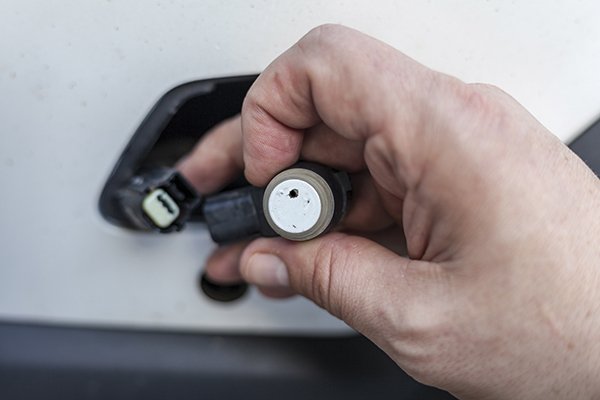PDS sensors have over time become standard equipment on many cars. Consequently, most mechanics have also tried their hand at having to replace them after a car has been involved in an accident or they for other reasons have stopped working - but unfortunately not always completely smoothly.
Here is the explanation of what often goes wrong and how you as a workshop can avoid an expensive lesson to learn. The predominant cause of the problems is to be found in incorrect installation - the conclusion of the complaint handling shows that a PDS sensor suitable for the vehicle has been fitted in the wrong position. Subsequently, the PDS system on the vehicle does not work properly. Bumpers are dismantled and repainted - which is expensive - and in the worst case again equipped with the wrong PDS sensor before the workshop receives the discouraging message in the complaint report.
The PDS sensors mounted at the different positions in a front or rear bumper are therefore not necessarily the same. To avoid mistakes, it is therefore a really good idea to:
1) Make sure that you choose the right PDS sensor (s) in relation to the location in the bumper.
2) Ensures that the PDS sensors are mounted in the correct position.
3) Test the vehicle's parking sensor system BEFORE they are painted.
If you want to know more, please find the following information:
Technical info about parking sensors
This is how our parking sensor testing equipment works
DID YOU KNOW: We have more than 80 references in our program of PDS sensors in OE quality






